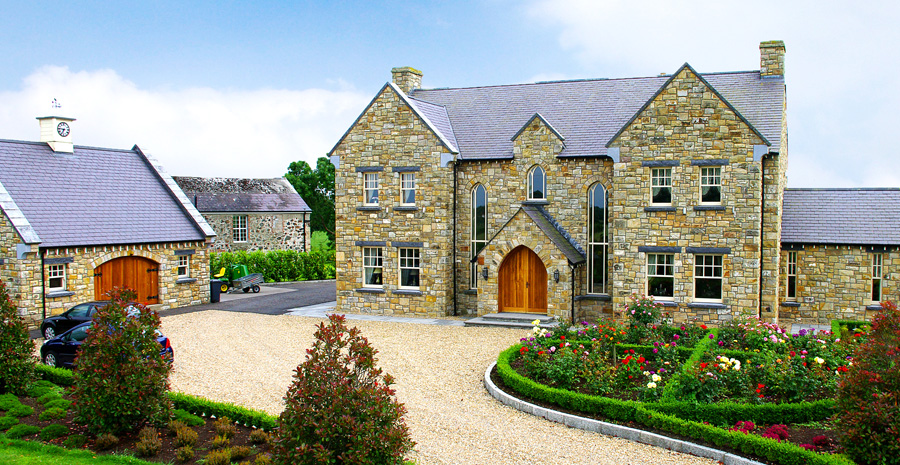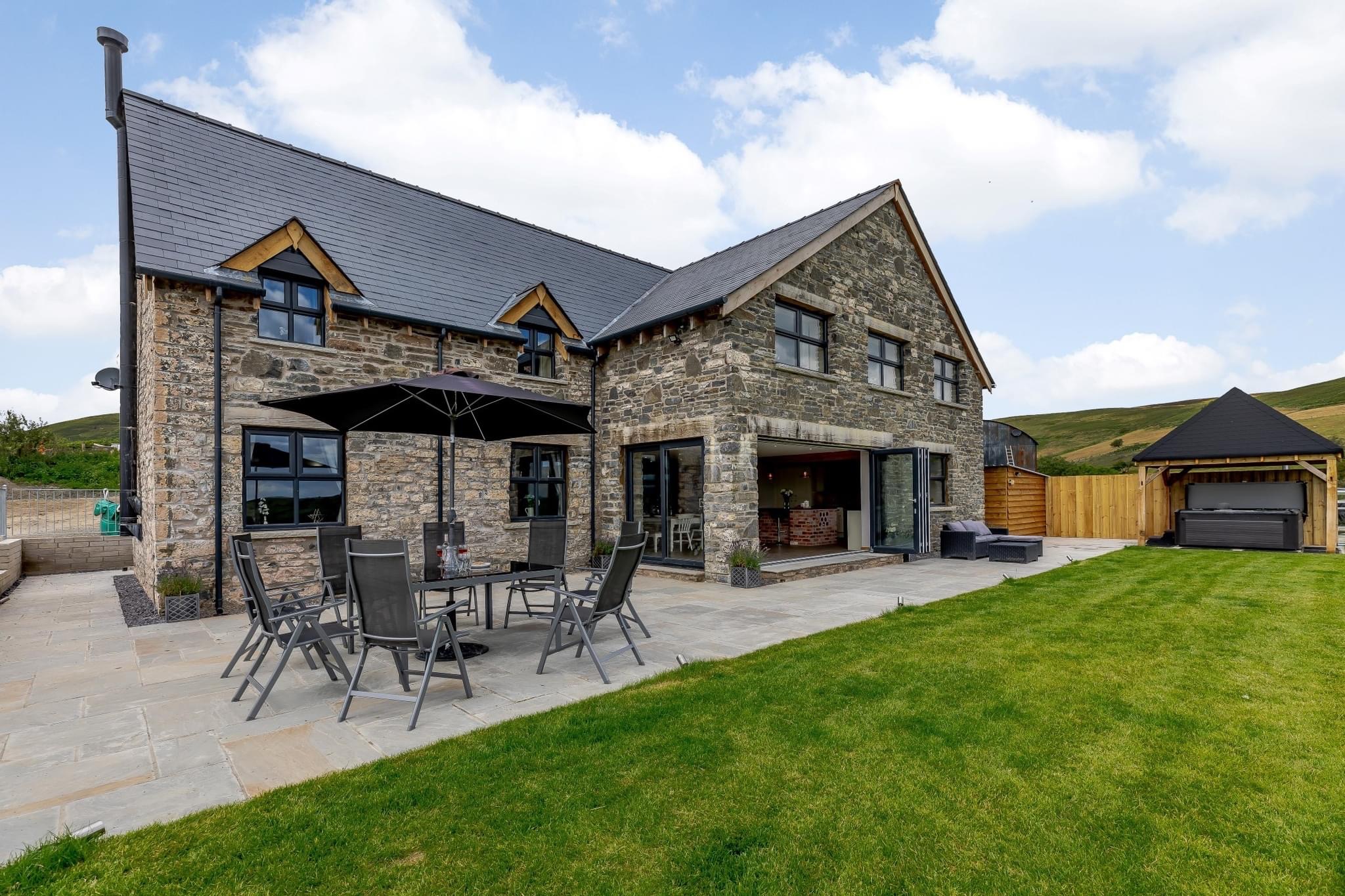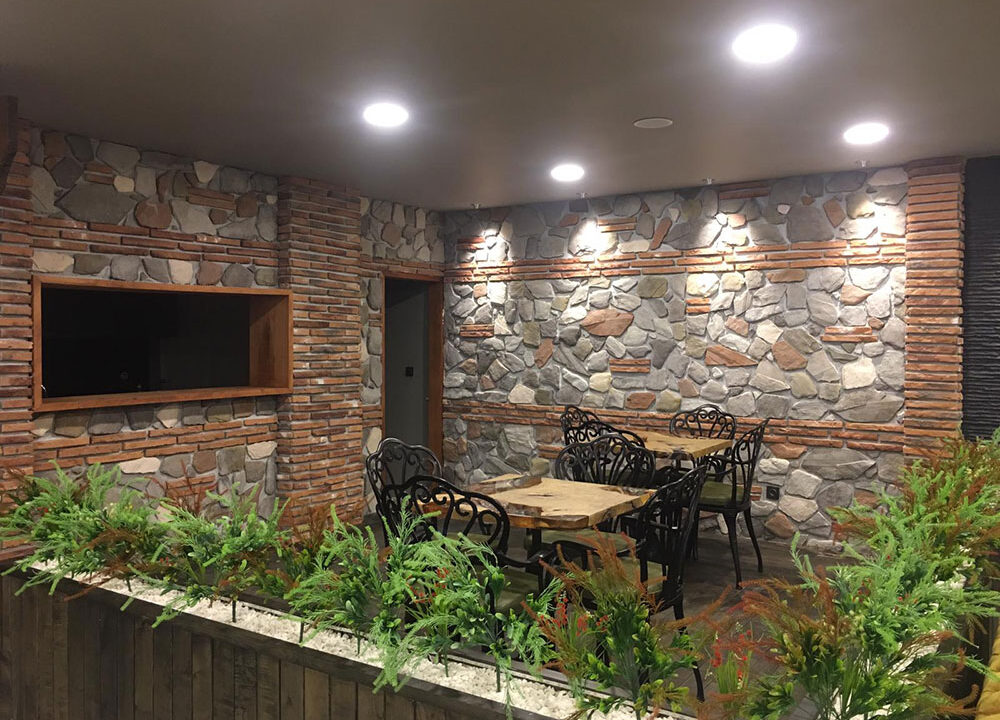
What is the History of Ardmore?
Ardmore began on 410 acres of land bought by Richard Davis in 1686 from five Welshmen for 32 pounds, 16 shillings. One of the few local towns without a Welsh name, the village’s original name was Athensville, a nod to the fascination with the Greek revival style movement of the time (1811).
Ardmore (Irish: Aird Mhór, meaning “Great Height”) is a fishing village in County Waterford, Ireland, not far from Youghal on the southern coast, with a population of around 330, although this varies with the tourist season. It is believed to be the oldest Christian settlement in Ireland. Saint Declan lived in the region some time in the period 350-450 AD and Christianised the area before the coming of Saint Patrick.
Ecclesiastical ruins are to be found on a hill
above the village were there is a well-preserved 30m high, 12th-century round tower and the ruins of a Cathedral and oratory dating from the Sth and 13th centuries respectively. One of the outer walls of the Cathedral features some
stone carvings retrieved from an earlier 9th-century building. The carvings include a very early image of a harp, and images of Adam and Eve in the garden and as well as a
representation of “Solomon’s judgement”. The Cathedral also contains two Ogham stones, which rest in small alcoves. Some elements of the original structure can still be seen today.
Approach
At Ardmore stone we believe that a strong customer relationship is the foundation of every successful project. We work closely with you to understand your needs and exceed your expectations. From start to finish, we maintain open and frequent communication to ensure that you’re informed and involved in every step of the process.

Contact us for a free quotation.




